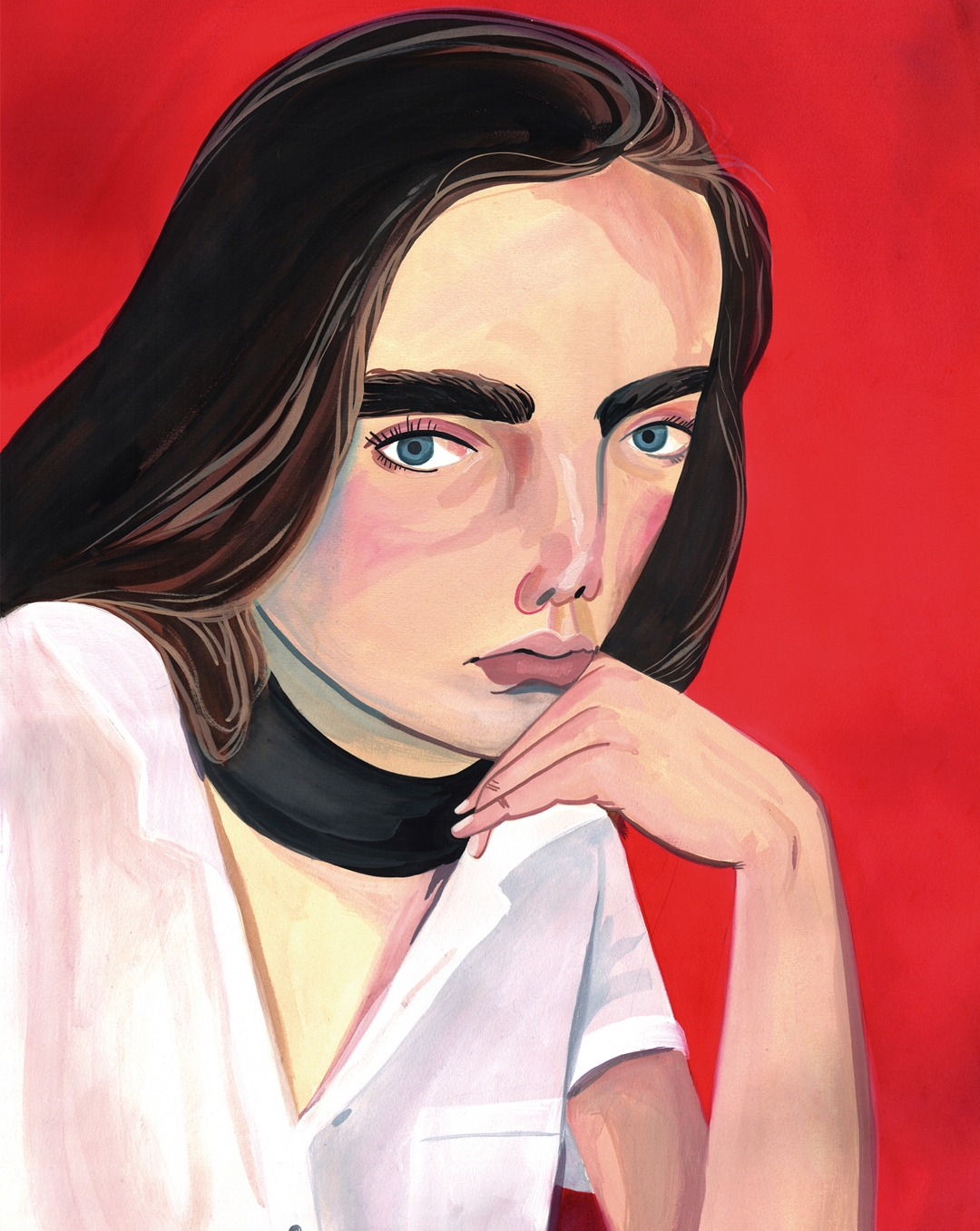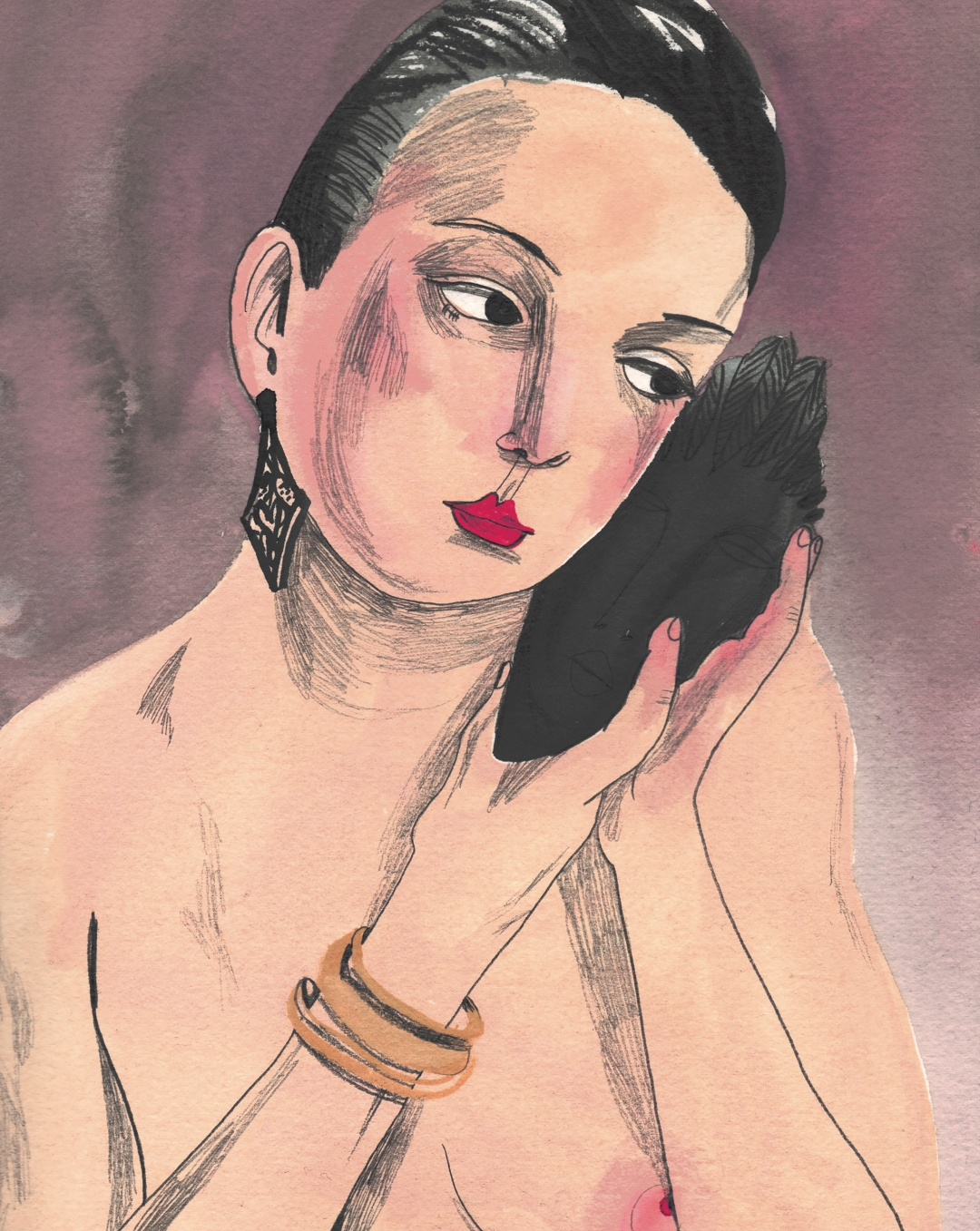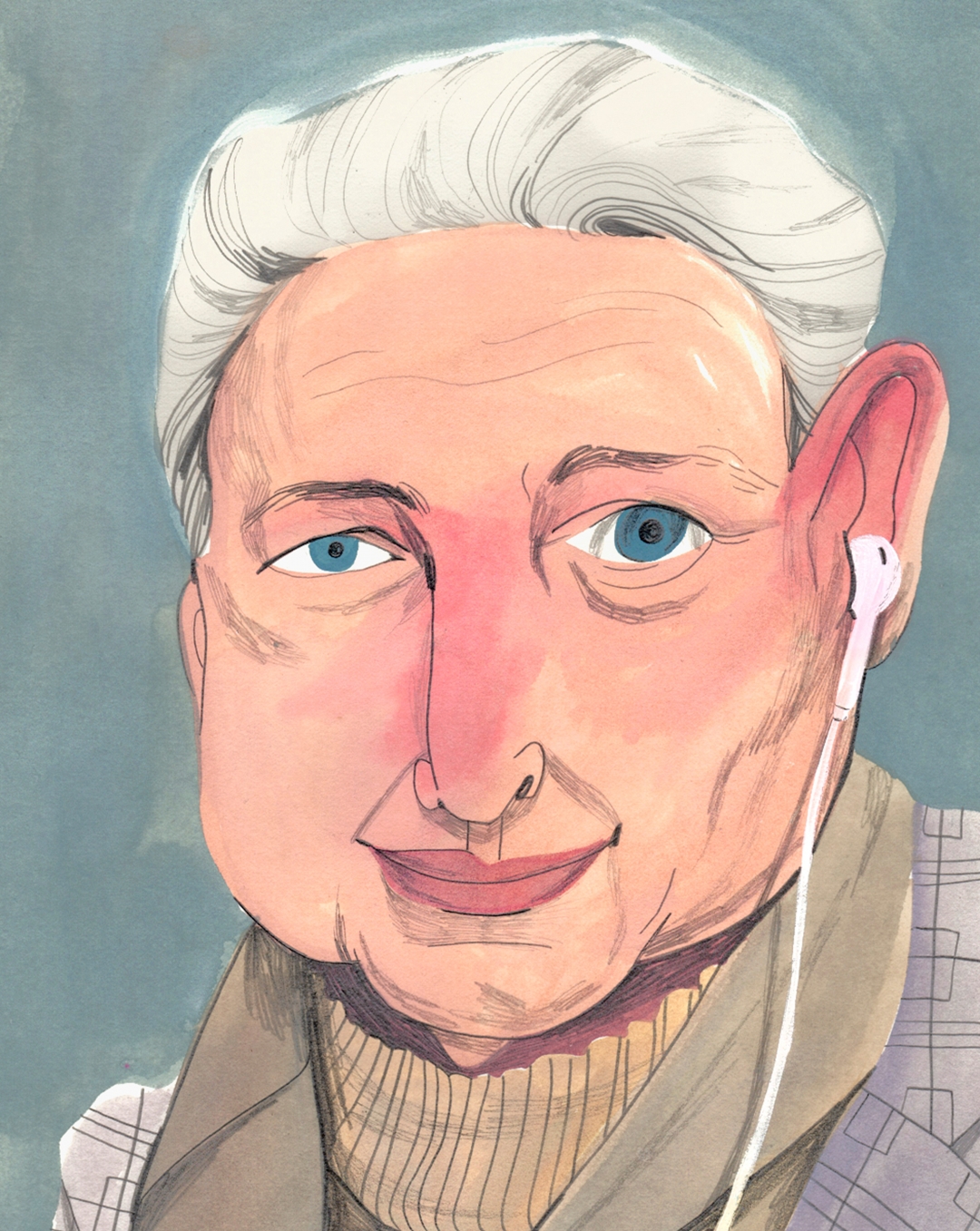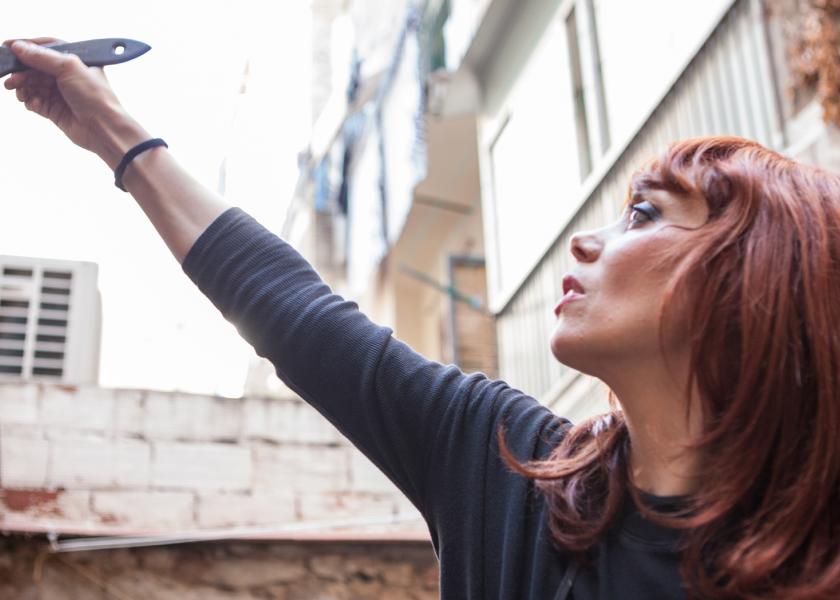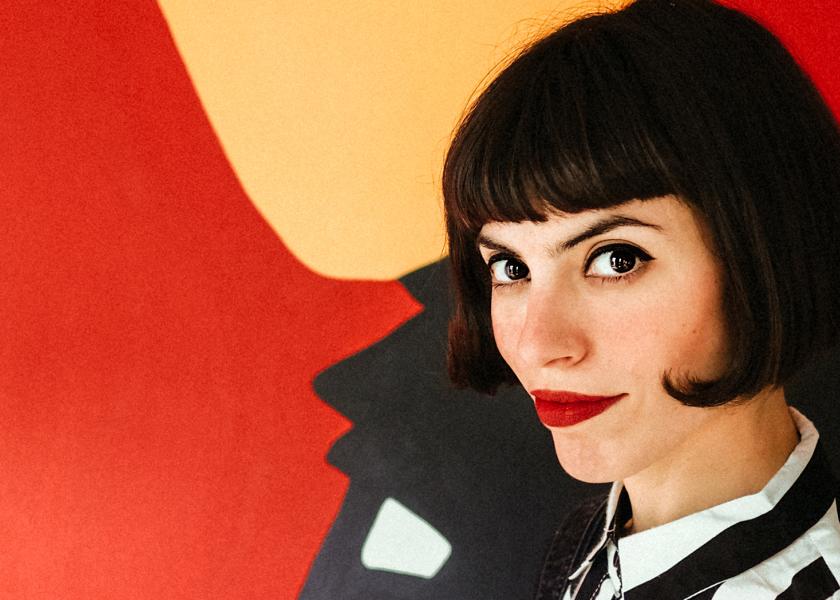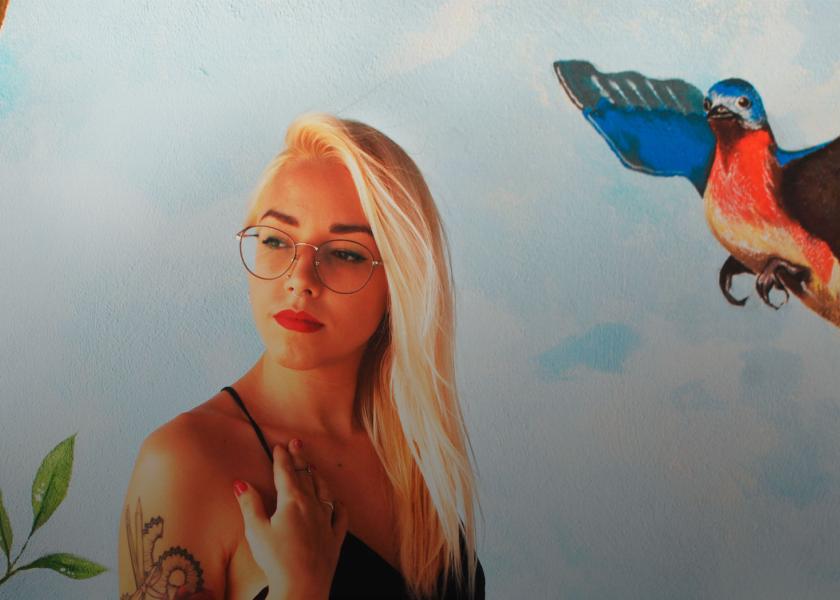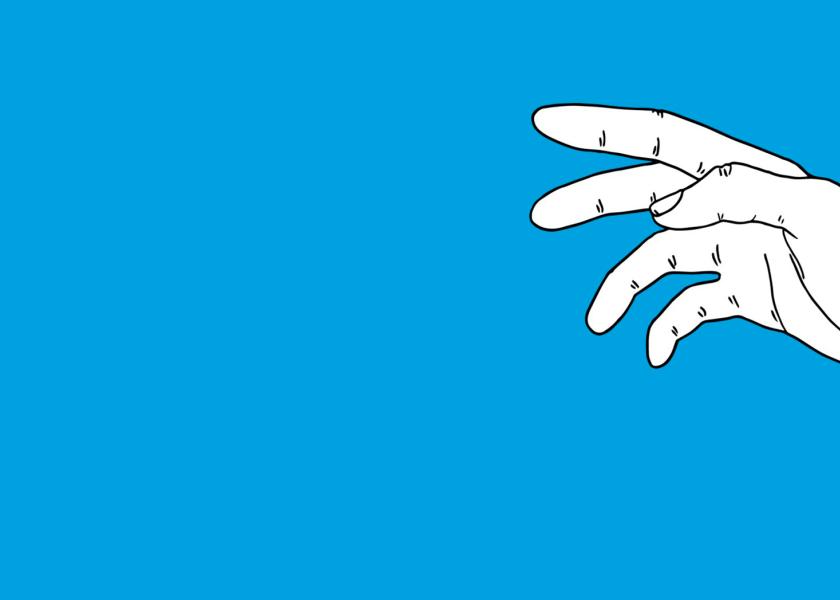María Herreros
X-rays of the Human Soul with Watercolours
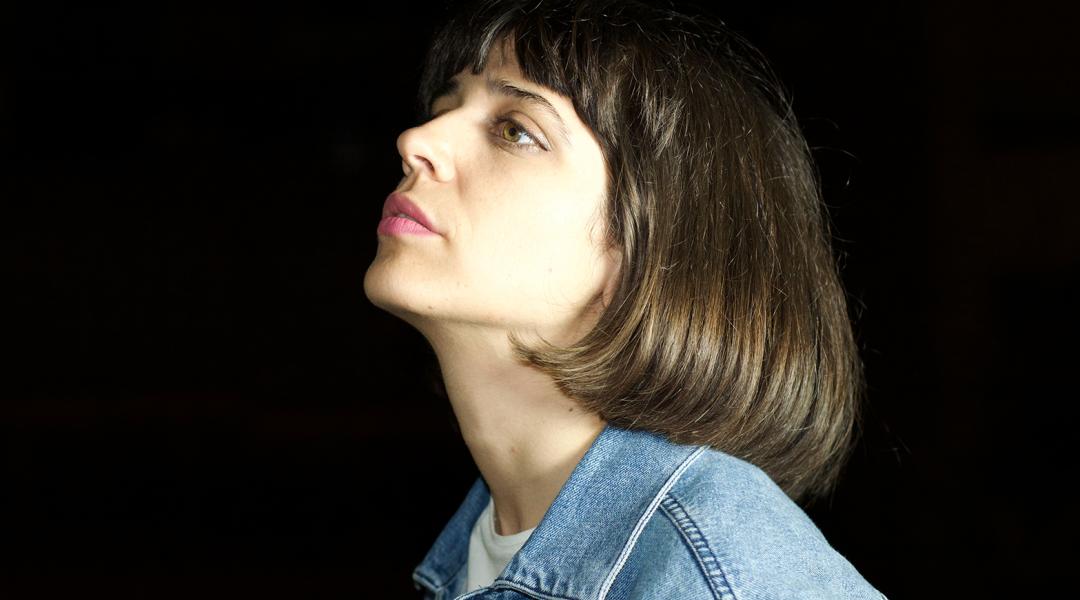
For the second time, Taschen has reserved a place for María Herreros on the Olympus of illustration, among the 100 best artists in the world. Possessor of a distinct and unique style she defines as “empathetic and nervous”, she is also launching the book ‘Viva la dolce vita’, alongside Máximo Huerta.
She’s part of a select club: the 100 best illustrators in the world. At least, according to Taschen, who included her in The Illustrator. 100 Best from around the World. Along with Paula Bonet, Carmen García Huertas, Dani Garretón, Sergio Mora and Bruno Santín, María Herreros (Valencia, 1983) is one of the six Spanish artists selected by the German publishing house. However, this is not the first time Taschen has put the spotlight on Herreros: her name was already among the 150 most notable illustrators in the world, in the fifth volume of Illustration now!. “I actually didn’t expect to be selected a second time, but this recognition is an honour for me,” she says. “Perhaps it’s because of the way I try to empathise with the issues I choose from a human and social point of view.”
The publishing world is more than acquainted with this “illustration and painting artist”, as she likes to define herself—she has collaborated with Planeta, Lunwerg, Random House Mondadori, and SM, among others. In fact, her upcoming project also lies in the publishing realm, since by the end of this month her book Viva la dolce vita (Planeta)—a collaboration with Máximo Huerta in which they take the reader for a most inspiring walk through dolce vita-era Rome, in those days the epicentre of cinema, excess, and paparazzi—will come out. “Máximo and I had already worked together on Paris sera toujours Paris (Lunwerg, 2018), which takes a look at the French capital in the twenties, a mecca of culture and fun. With Viva la dolce vita we wanted to show the transfer of the world of cinema and glamour from Hollywood to Rome, to the freedom of Europe.”
It’s not the only publishing project María Herreros has in mind—she is already working on a new book “about what it means for a girl to grow up when she’s not happy with what’s expected of a girl”. And that’s all the artist can reveal about it. She says she enjoys illustrating a book as much as she does preparing an exhibition of her paintings. “The difference is that a book, from the initial idea until it’s published, can take about two years to make. Illustration keeps you grounded. An exhibition, on the other hand, gives you more freedom, allows you to do a more personal job where you don’t have to think about making money; when I organise an exhibition, making money has nothing to do with it.” And this comes from someone who has exhibited in cities as diverse as Seoul, Madrid, Barcelona, New York, San Francisco, Santiago de Chile, Berlin, and Montreal.
“I’m lucky that I’m my own competition. You have to keep control over social media, since playing it safe can be detrimental to your evolution as an artist”
The collaboration with such different brands as Sony Music or Kenzo, in addition to the NGO Malala Fund or Lena Dunham’s Lenny Letter platform is another side to María Herreros. “Some people in the art world may look down on those things, but working with them is a real challenge, if you know how to maintain the quality of what you want to tell. To be honest, I don’t feel limited by them at all; they know I have my own style, so they understand what I’m going to do. My experience with them has always been positive,” she says.
The language of this Valencian artist residing in Barcelona is based on “an empathetic style—I try to soak up and learn about the subject or character that I’m going to draw, and I really want to. Furthermore, I’d say my line is nervous (a reflection of my character), with an additional disturbing touch to try to make people reflect, or to break a cliché.” In her work she expresses the most instinctive side of the human being, with her own and very recognisable language, moving between the beautiful and the grotesque.
Cinema, painting or music are sources of inspiration for María Herreros, although she admits her work is becoming increasingly socially engaged. She likes to show the contradictions of these times, on issues such as immigration and women. “In Europe, we believe that we’re very progressive, but the truth is that immigration is not integrated at all. I like to point out that kind of contradictions. I’ve been doing it for many years—at first without meaning to, but now, very much so.” And she adds: “I like to take down prejudices, because I think it helps to defend the rights that are being violated. Since they’re issues I’m concerned about, to be able to show and express them through art feels like a privilege.” A way of seeing the world through her work and personal style which the artist shares with her nearly 63,000 Instagram followers. In her opinion, social media are a double-edged sword. “Sometimes they compare you in a quest for triumphalism. I’m lucky that I’m my own competition, because I don’t tend to compare myself with anyone. I think that’s the worst part of social networking, but fortunately I don’t suffer from it. You have to keep control over them and not let the likes take control of you, as playing it safe can often be detrimental to your evolution as an artist.”
It is the vision of someone who has art running through her veins and who, from a very young age, when she did nothing but draw, knew she wanted to dedicate herself to this. “Art has always meant everything to me, and it’s marked my life forever. I met my partner—the artist Ricardo Cavolo—thanks to this profession that has also allowed me to travel all over the world. I’ve always known I would only be happy doing this.”
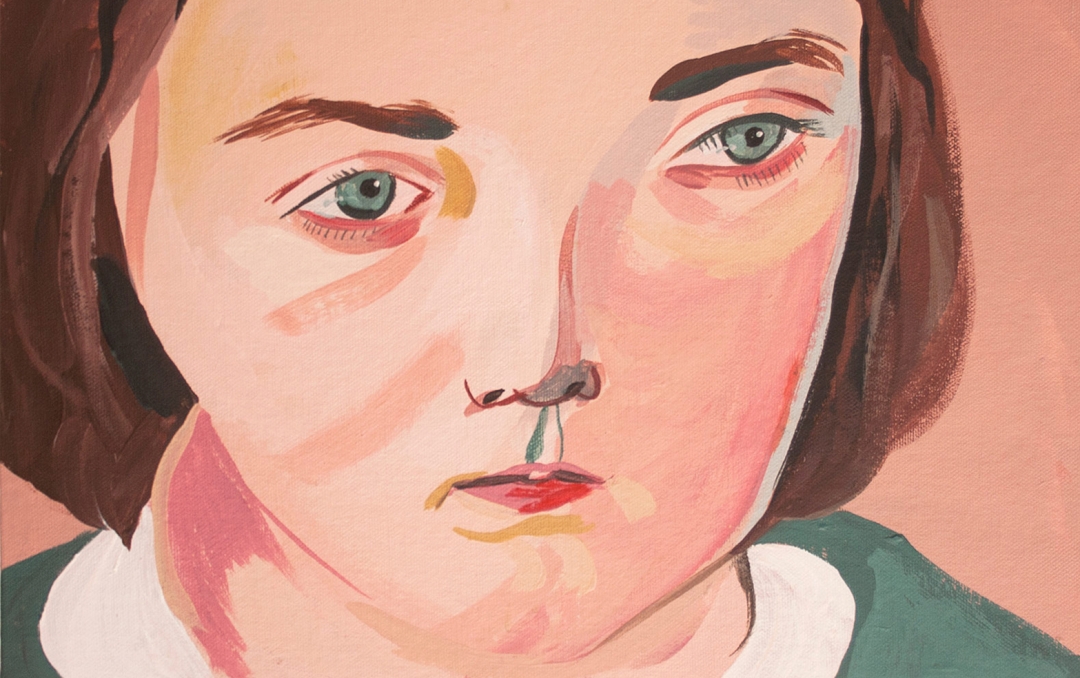
Portrait of a woman, by María Herreros. © Courtesy of the artist
